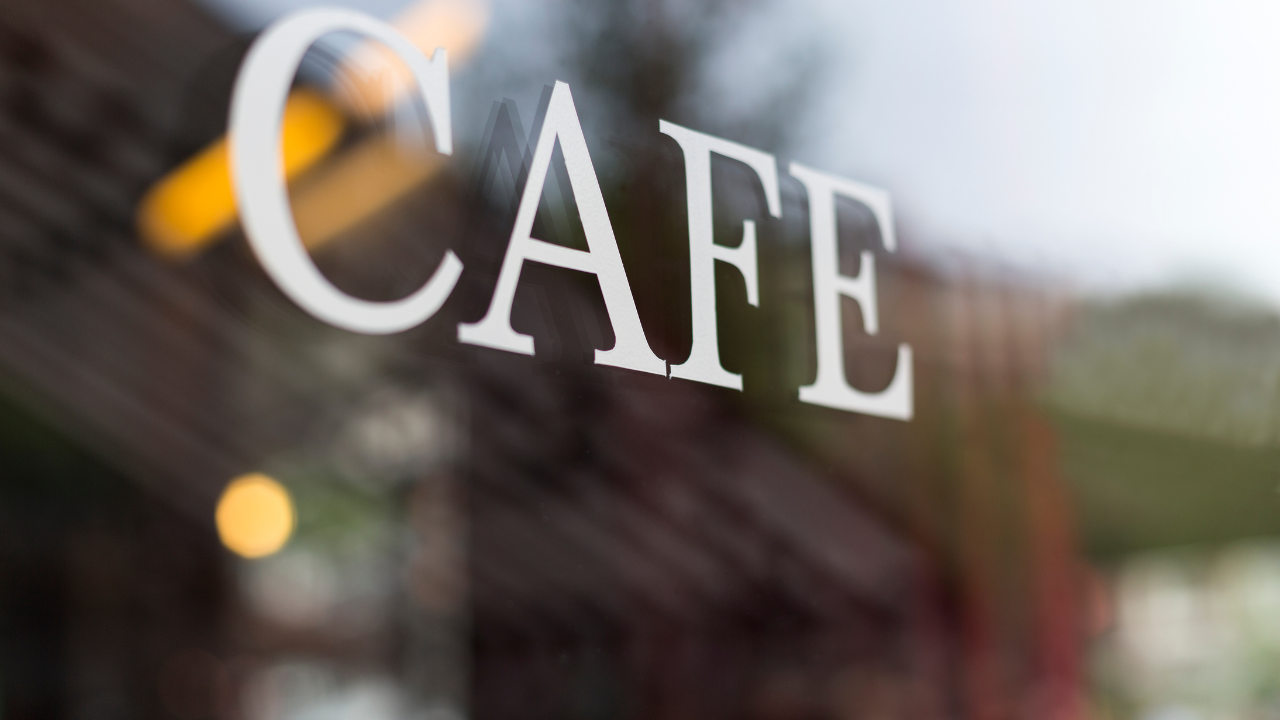
The 20 Most Common French Adjectives
Apr 20, 2023Are you looking to improve your French vocabulary and communication skills? One of the best ways to achieve this is by learning the most common French adjectives. Adjectives are words that describe or modify nouns and pronouns, and they play a crucial role in French grammar. In this guide, we’ll cover the most commonly used French adjectives that you need to know to improve your language skills.
- Beau/belle (beautiful)
Beau is used to describe masculine nouns, while belle is used to describe feminine nouns. For example, you could say un beau garçon (a handsome boy) or une belle fille (a beautiful girl).
- Bon/bonne (good)
Bon is used to describe masculine nouns, while bonne is used to describe feminine nouns. For example, you could say un bon livre (a good book) or une bonne idée (a good idea).
- Grand/grande (big/tall)
Grand is used to describe masculine nouns, while grande is used to describe feminine nouns. For example, you could say un grand chien (a big dog) or une grande maison (a big house).
- Petit/petite (small)
Petit is used to describe masculine nouns, while petite is used to describe feminine nouns. For example, you could say un petit chat (a small cat) or une petite voiture (a small car).
- Jeune (young)
Jeune is a gender-neutral adjective that is used to describe people or things that are young. For example, you could say un jeune homme (a young man) or une jeune fille (a young girl).
- Vieux/vieille (old)
Vieux is used to describe masculine nouns, while vieille is used to describe feminine nouns. For example, you could say un vieux livre (an old book) or une vieille maison (an old house).
- Fort/forte (strong)
Fort is used to describe masculine nouns, while forte is used to describe feminine nouns. For example, you could say un homme fort (a strong man) or une femme forte (a strong woman).
- Faible (weak)
Faible is a gender-neutral adjective that is used to describe people or things that are weak. For example, you could say une faible lumière (a weak light) or un faible espoir (a weak hope).
- Mauvais/mauvaise (bad)
Mauvais is used to describe masculine nouns, while mauvaise is used to describe feminine nouns. For example, you could say un mauvais film (a bad movie) or une mauvaise note (a bad grade).
- Nouveau/nouvelle (new)
Nouveau is used to describe masculine nouns, while nouvelle is used to describe feminine nouns. For example, you could say un nouveau livre (a new book) or une nouvelle voiture (a new car).
- Ancien/ancienne (old)
Ancien is used to describe masculine nouns, while ancienne is used to describe feminine nouns. However, unlike the adjective vieux/vieille, ancien/ancienne is often used to describe something that is old but has historical or cultural significance. For example, you could say une ancienne église (an old church) or un ancien monument (an old monument).
- Bon marché (cheap)
Bon marché is a gender-neutral adjective meaning cheap. For example, you could say un canapé bon marché (a cheap couch) or un T-shirt bon marché (a cheap shirt).
- Cher/chère (expensive)
Cher is used to describe masculine nouns, while chère is used to describe feminine nouns. For example, you could say un ordinateur cher (an expensive computer) or une robe chère (an expensive dress).
- Facile (easy)
Facile is a gender-neutral adjective that is used to describe things that are easy. For example, you could say une question facile (an easy question) or un travail facile (an easy job).
- Difficile (difficult)
Difficile is a gender-neutral adjective that is used to describe things that are difficult. For example, you could say un examen difficile (a difficult exam) or un problème difficile (a difficult problem).
- Rapide (fast)
Rapide is a gender-neutral adjective that is used to describe things that are fast. For example, you could say une voiture rapide (a fast car) or un service rapide (a fast service).
- Lent/lente (slow)
Lent is used to describe masculine nouns, while lente is used to describe feminine nouns. For example, you could say un train lent (a slow train) or une marche lente (a slow walk).
- Haut/haute (high/tall)
Haut is used to describe masculine nouns, while haute is used to describe feminine nouns. For example, you could say un mur haut (a high wall) or une tour haute (a tall tower).
- Bas/basse (low/short)
Bas is used to describe masculine nouns, while basse is used to describe feminine nouns. For example, you could say un plafond bas (a low ceiling) or une chaise basse (a short chair).
- Joli/jolie (pretty)
Joli is used to describe masculine nouns, while jolie is used to describe feminine nouns. For example, you could say un joli paysage (a pretty landscape) or une jolie robe (a pretty dress).
Conclusion
Learning the most common French adjectives is essential for improving your vocabulary and communication skills. By using these adjectives in your conversations, writing, and reading, you can better express yourself and understand others. Remember to practice regularly and to use these adjectives in context to fully grasp their meanings and uses. With time and dedication, you can master the French language and become a confident communicator.
→ Looking to learn French? Join our French course and learn in an interactive way. Enroll today and take the first step towards achieving your language goals!











